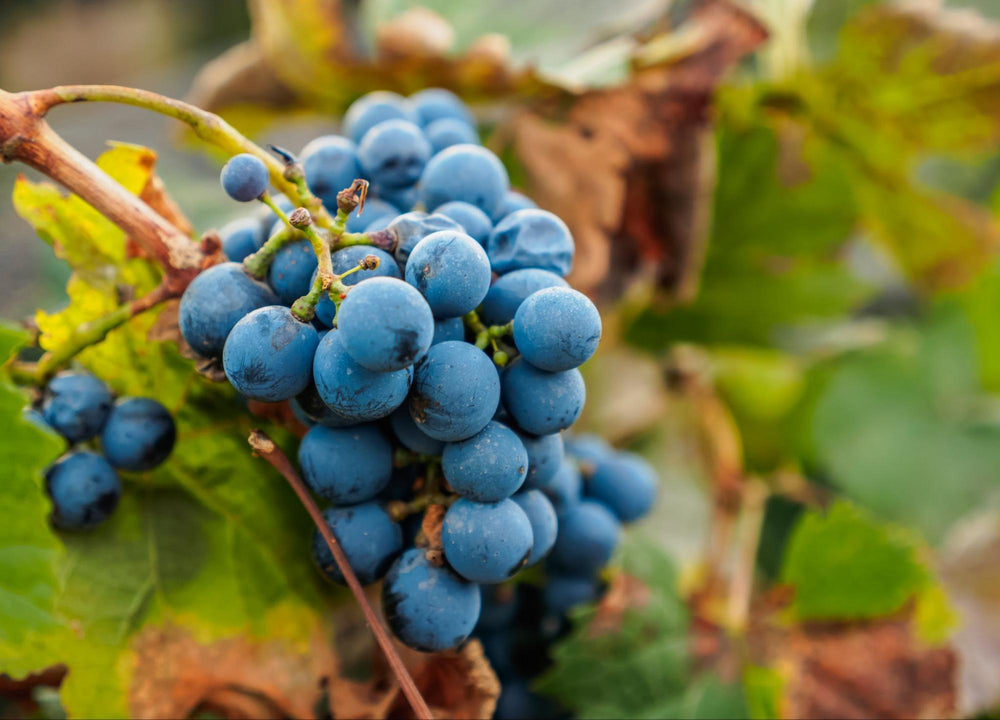What do Wine Legs Mean?

Have you ever been to a professional wine tasting or seen a world-class wine expert sampling wine? If you haven’t yet experienced the magic of guided tastings, we highly recommend it! Before you go, however, you should probably brush up on all your wine terminology, just in case.
For the uninitiated, wine has a surprising amount of special terms and vocabulary, and some of the phrases aren’t so easy to pick up on! A casual fan of wine can probably tell you what “decanting” a wine means, and you might have heard the phrase “tannins” thrown around, but for the most part, wine terms can require a little explanation.
If we tried to go over every single wine term out there, this article could probably stretch to the length of a small novel, so instead, we wanted to single out one of the more commonly heard but less understood aspects of wine; legs.
If you’re picturing a cartoony wine bottle jogging around a racetrack, you’re probably not alone! Even for many people that drink wine consistently, wine legs aren’t common knowledge. Knowing what wine legs are and how to use them is information that doesn’t really make a difference to the average drinker. However, if you’re trying to build up your wine tasting expertise or want to know what the sommelier is saying at the next vineyard you visit, this is the article for you.
A Look Into the World of Wine Tasting
Even if you haven’t attended a wine tasting in person, you’ve probably heard stories of the incredible tasting power some experts possess. While some of these stories are likely exaggerating the truth, a seasoned wine taster can gather a fair amount of information about a wine based purely on its looks, smells, and tastes. You will see the professional swirl the glass of wine, sniff inside the glass, take a small sip, and swish the wine around their mouth to gather as much information as possible.
From here, a genuinely talented sommelier could accurately tell you the type of wine, describe many of the underlying flavors in the alcohol, and possibly even make a good guess about the vintage of the wine. Most of the time, however, they won’t say anything about a wine’s legs, so where do they come in?
The majority of sommeliers won’t mention a wine’s legs because a wine’s legs are simply the special tear-shaped drops that form on the side of a wine glass after being swirled.
Were you expecting something more? Many people are surprised when they hear how simple wine legs are, and some may even be disappointed. That being said, these “tears of wine,” as they are also sometimes called, are the result of a fascinating scientific phenomenon and may even help us learn something about the wine we are drinking.
Unmasking the Mystery of “Legs”
In years past, wine legs have been associated with a wine’s quality. It was often thought that the more legs that were present in a wine, the higher the quality of the bottle. This idea has since been disproven, but as wine experts have looked more intently at wine legs, we have discovered what causes wine legs and what they mean when it comes to your vino.

In the end, it comes down to the levels of alcohol in the wine and something called the Gibbs Marangoni Effect.
The Who Effect?
The Gibbs Marangoni Effect was first written about by a physicist named (naturally) Carlo Marangoni. Though his discovery back in the 1860s related to oil and water, it has since been applied to wine and taught us a few exciting details about the beverage. We won’t get into the whole scientific explanation of the effect, but to try and explain it simply:
- The Gibbs Marangoni effect states that if there are two liquids with different surface tensions, the liquids will flow away from one another.
- In wine, these two liquids are alcohol and water.
- When wine climbs up the sides of the glass, the alcohol in the mixture will begin to evaporate slightly, meaning the wine on the glass is more water than alcohol.
- Thanks to the evaporation of alcohol, the liquid on the side of the glass has lower surface tension than the wine below it, and as a result, the liquid on the side of the glass starts to pull away from the wine.
- The mixture will pull away as much as it can before gravity counteracts it, and it drops back towards the wine, forming tear-shaped droplets.
You don’t need to understand all of that, but it is essential to remember that tilting the glass will cause legs to form thanks to an interaction between the alcohol and the rest of the wine.
What Legs Tell Us
Using our newfound knowledge, we can start to understand what wine legs convey about a wine. Rather than quality, as it was previously assumed, wine legs can correlate to a higher alcohol content in wine. The higher the alcohol content in a wine, the more tears form on the wine glass, giving the wine “legs.”
Though it’s far from foolproof, you’ll notice this observation to be pretty accurate, as red wines tend to have more legs than white wines because red wines tend to be higher in alcohol content! This is also why you will struggle to see legs on wines like Pinot Noir, as the low sugar and alcohol content make the legs very quick, light, and difficult to spot.
The Final Word on Legs
As you can now see, wine legs aren’t a significant part of how to taste wine, but they can still be somewhat interesting. Though you won’t be able to impress your friends with “secret wine information” on your next trip to wine country, you might still be able to surprise them with some interesting wine tips! At the very least, you now have a better idea of what is going on in your following tasting experiences.
That being said, if you’re more interested in simply drinking the wine, you should consider checking out Wine Connoisseur! Modeled after the convenience and simplicity of machines like the single-serve coffee maker, the Wine Connoisseur is a by-the-glass wine dispenser that will pour you the perfect glass of wine every single time. Driven by our unique wine sachet design and crafted to account for aeration, volume, and temperature, the Wine Connoisseur is the next step in wine drinking innovation.
Check out our collection of wines, or learn more on our blog!



